Retro Replay Review
Gameplay
Crush’s core mechanic is a clever twist on conventional platforming: Danny can “crush” the world along different axes simply by manipulating the camera. What begins as a seemingly straightforward third-person puzzle-platformer quickly evolves into a mind-bending exercise in perspective. By flattening the environment either sideways or top-down, the player can turn previously insurmountable gaps into narrow ledges or make towering obstacles vanish entirely. This dynamic interplay between 2D and 3D traversal keeps each level feeling fresh and encourages experimentation.
The pacing of Crush strikes a good balance between exploration and challenge. Early stages serve as an intuitive tutorial, introducing the crushing mechanic in safe, forgiving environments. As you progress, levels grow more complex, requiring precise timing and clever reorientation of the world to solve intricate block-based puzzles. Occasional trial-and-error is part of the package, but fair checkpoint placement ensures that repeated attempts never feel punishing.
Enemies and environmental hazards also lean into Danny’s psyche, providing variety and tension. Giant cockroaches skitter into view as you flatten corridors, forcing you to plan quick escapes or tactically crush them underfoot. Spiky limbs and sentient childhood blocks lurk within certain surfaces, adding surprise dangers to otherwise familiar platforming patterns. These elements keep the challenge level high without derailing the flow of exploration.
Graphics
Visually, Crush offers a unique blend of surreal dreamscapes and stark clinical environments. Dr. Reubens’ lab is rendered in cold blues and grays, emphasizing Danny’s status as a test subject, while the hypnotic mental realms burst with vivid colors and shifting geometries. The stark contrast between these two worlds reinforces the feeling of slipping in and out of consciousness.
The rendering of the transformable levels is particularly striking. When the camera angle shifts, entire sections of the world smoothly compress or expand, with shadows and textures dynamically recalculated to maintain immersion. This fluid animation makes the crushing mechanic feel weighty and real, rather than a simple swap of two static layouts.
Character models and enemy designs effectively convey the underlying horror of Danny’s fears. The cockroaches look suitably grotesque, with detailed antennae and chitinous shells, while the living toy blocks sport menacing expressions. These touches not only unify the aesthetic but also heighten the sense of unease as you delve deeper into Danny’s subconscious.
Story
At its heart, Crush tells the unsettling tale of Danny, a young man tormented by chronic insomnia. Desperate for relief, he becomes a volunteer test subject for Dr. Reubens’ experimental therapy, C.R.U.S.H.—Cognitive Regression Utilizing pSychiatric Heuristics. Under hypnosis, Danny is plunged into his own psyche, forced to confront the twisted fragments of memories and fears he has long repressed.
The narrative unfolds through environmental storytelling and brief audio logs left by Dr. Reubens, painting a picture of well-intentioned science veering into madness. As Danny navigates each level, fragments of dialogue and dreamlike vignettes hint at childhood traumas and adult anxieties. This approach keeps the plot intriguing without bogging down the player in long cutscenes.
By integrating the story into the gameplay—where each hostile block or scuttling insect represents a piece of Danny’s mental fortitude—Crush fosters an immersive link between narrative and mechanics. Overcoming a particularly difficult puzzle or enemy feels like a small victory in Danny’s battle for psychological equilibrium.
Overall Experience
Crush stands out through its ingenuity and emotional resonance. The crushing mechanic never grows stale, and the gradual ramp-up in complexity means you’re always learning new ways to engage with the world. Puzzle veterans will appreciate the clever level design, while newcomers can still enjoy the accessible early stages.
Despite some occasional camera frustrations—common to any game that heavily relies on perspective shifts—the controls remain responsive, and the feedback from each world transformation feels satisfying. Load times are minimal, and the checkpoint system smartly reduces needless repetition.
Ultimately, Crush offers a memorable journey into a damaged mind, merging platforming puzzles with psychological horror elements. Its blend of tight mechanics, striking visuals, and concise storytelling makes it a must-play for anyone seeking something both cerebral and emotionally engaging.
 Retro Replay Retro Replay gaming reviews, news, emulation, geek stuff and more!
Retro Replay Retro Replay gaming reviews, news, emulation, geek stuff and more!
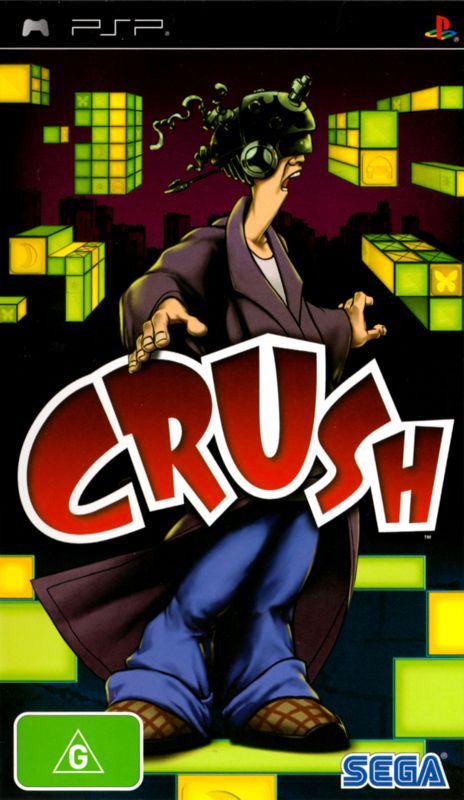
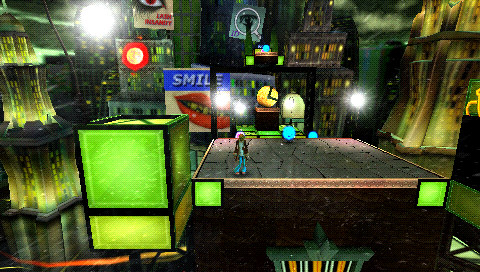
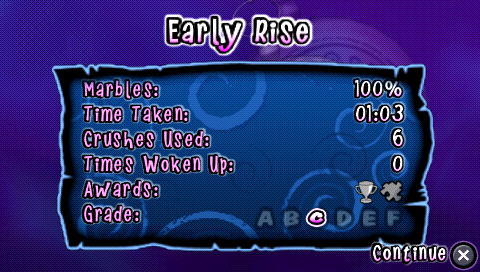
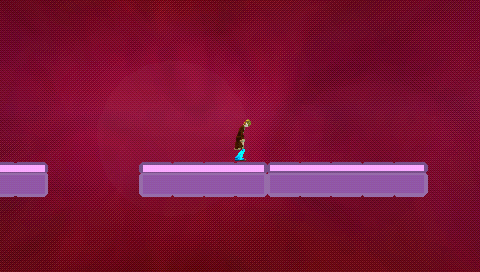
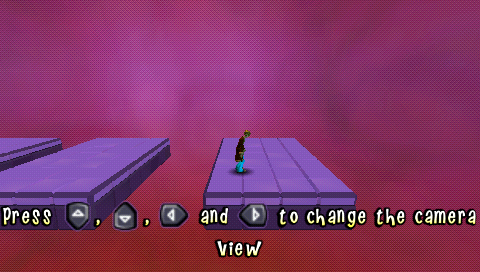
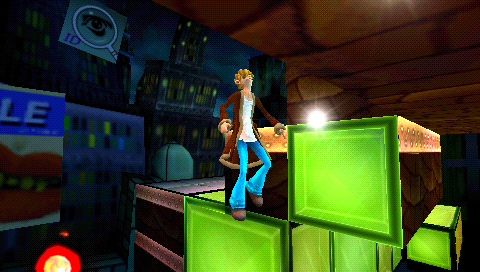


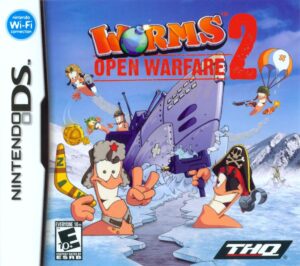
Reviews
There are no reviews yet.